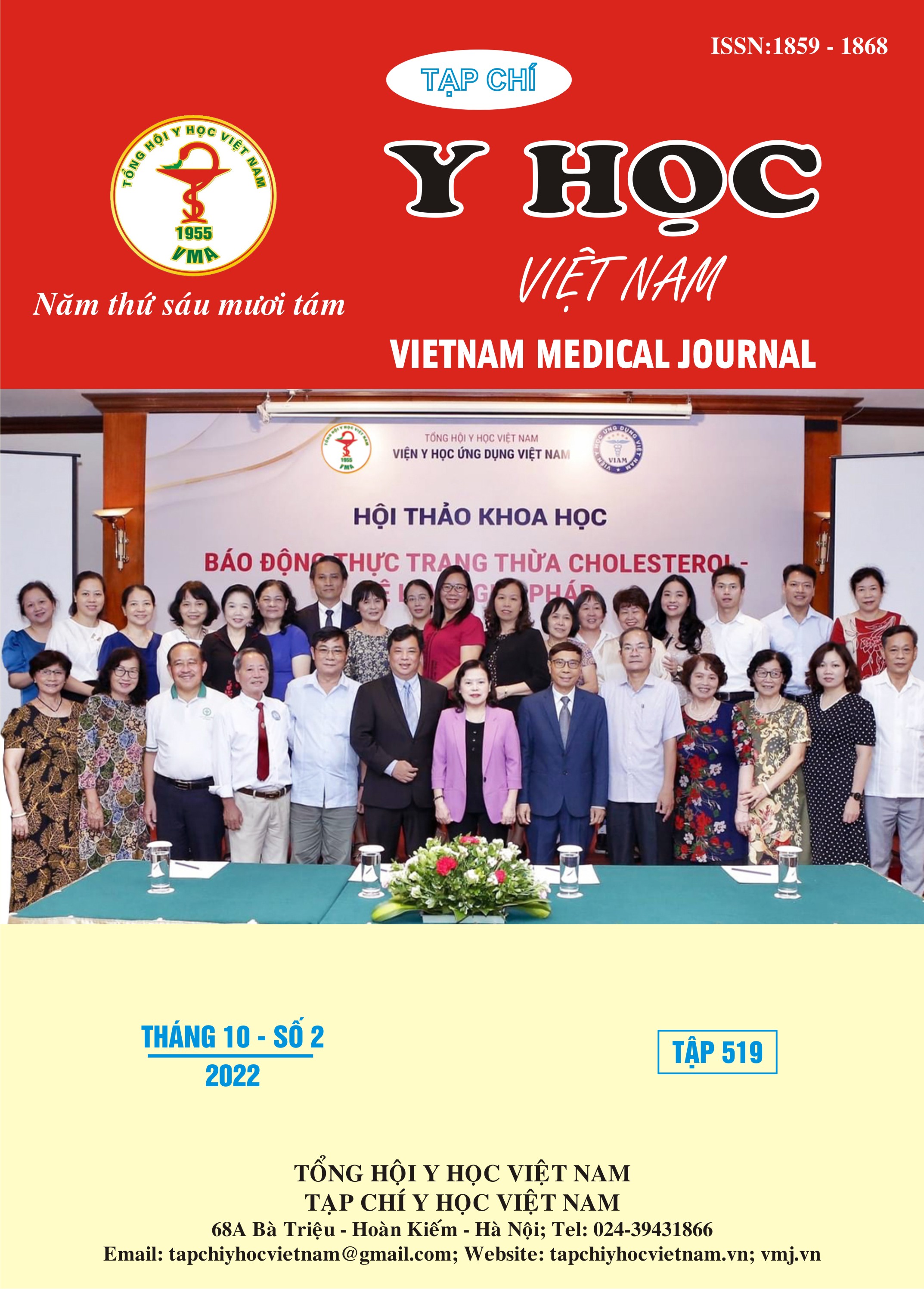ACUTE TOXICITY TESTING OF HERBAL REMEDY “NGU VI TIEU KHAT THANG” IN ANIMAL MODEL
Main Article Content
Abstract
Background: Ngu Vi Tieu Khat (NVTK) is a traditional medicine formula from Dr Tran Van Thoai - An Giang province regarded as an effective remedy for hyperglycemia, however, there are no experimental studies to verify the safety of this remedy. Objectives: To independently investigate the acute toxicity of the remedy NVTK on experimental animals. Materials and methods: determine the acute toxicity of the remedy by the Litchfield - Wilcoxon method on Swiss white mice. Signs of acute intoxication or fatality were monitored for 72 h after the ingestion of NVTK liquid extract. Results: administration to the mice the doses of 125g/kg, 175g/kg, 225g/kg, 275g/kg, 325g/kg and the maximal dose of 375g/kg body weight (26,573 times the therapeutic dose calculated by the corresponding dose on a human subject) the LD50 of the remedy was not determined. Conclusions: The liquid extract from the remedy of NVTK has no acute toxicity to white mice.
Article Details
Keywords
Acute toxicity, NVTK, Traditional medicine, mice
References
2. Cục Khoa học công nghệ và đào tạo (2015), Hướng dẫn thử nghiệm tiền lâm sàng lâm sàng thuốc đông y, thuốc từ dược liệu, Ban hành kèm theo Quyết định số 141/QĐ-K2ĐT ngày 27 tháng 10 năm 2015 của Cục trưởng Cục Khoa học Công nghệ và Đào tạo, Bộ Y tế.
3. Đỗ Tất Lợi (2004), Những cây thuốc và vị thuốc Việt Nam, Vol. 12, Nhà xuất vản y học, Hà Nội.
4. Clarke Tom (2002), Mice make medical history, London: Nature.
5. Hong Sun, Pouya Saeedi, Suvi Karuranga, Moritz Pinkepank và các cộng sự. (2022), IDF Diabetes Atlas: Global, regional and country-level diabetes prevalence estimates for 2021 and projections for 2045, Diabetes Research and Clinical Practice. 183, p. 109-119.
6. OECD/OCDE (2018), "OECD guideline for the testing of chemicals." The Hershberger 601, p. 858.
7. UNECE (United Nations Economic Commission for Europe) (2019), Globally Harmonized System for the Classification and Labeling of Chemicals (GHS) Part 3. Health Hazards. Geneva: United Nations, pp. 117.
8. World Health Organization (2000), General Guidelines for Methodologies on Research and Evaluation of Traditional Medicine, WHO/EDM/ TRM/2000.1, Geneva.


